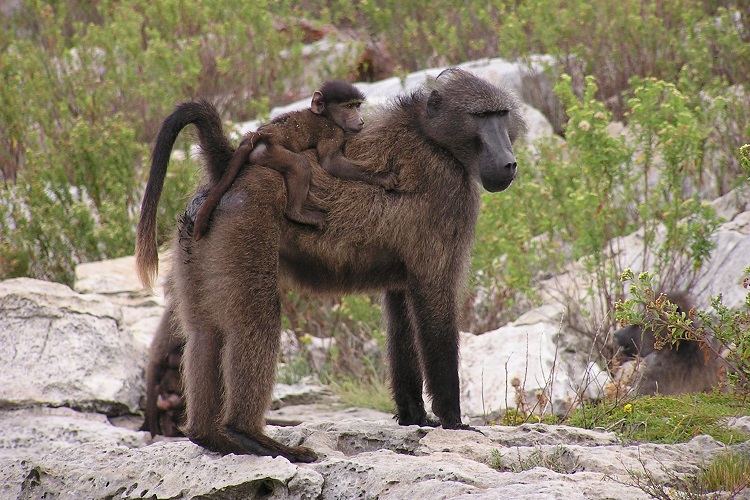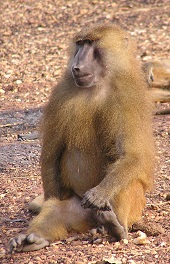Baboon genomes shed new light on complex evolutionary history

Mapping baboon genomes could help unravel the evolutionary history of modern humans, new research has found.
There are six readily distinguishable species of baboon which hybridize in the wild giving them value as a model of complex evolutionary divergence, hybridization and reticulation.
An international team of scientists led by the Baylor College of Medicine and Washington University St Louis, and including researchers at the University of St Andrews, has completed the genome sequencing of individuals of six baboon populations.
The research, published in Science Advances, found a consistent evolutionary history for the known six species using multiple independent computational approaches that show evidence for ancient and recent hybridization among the divergent species.

Recent studies have previously suggested that closely-related species can accumulate significant genetic and phenotypic differences despite ongoing gene flow, thus challenging traditional ideas regarding the genetics of speciation.
Dr Carolin Kosiol, of the Centre of Biological Diversity at the University of St Andrews, said: “Our research has shown that it is possible to infer very complex scenarios from genome-wide data using a set of computational methods that have only been developed recently.
“In the future, we think that these methods give an opportunity to also unravel the evolutionary history of hominid species that are expected to have substantial admixtures with, for example, between modern humans, Neanderthals and Denisovan etc in the past, although today we only have one human species.”
The paper The comparative genomics and complex population history of Papio baboons is published in Science Advances and is available online.
Please ensure that the paper’s DOI (http://dx.doi.org/10.1126/sciadv.aau6947) is included in all online stories and social media posts and that Science Advances is credited as the source.
Photos of male chacma baboon infant (top) courtesy of © Dietmar Zinner.
Issued by the University of St Andrews Communications Office.